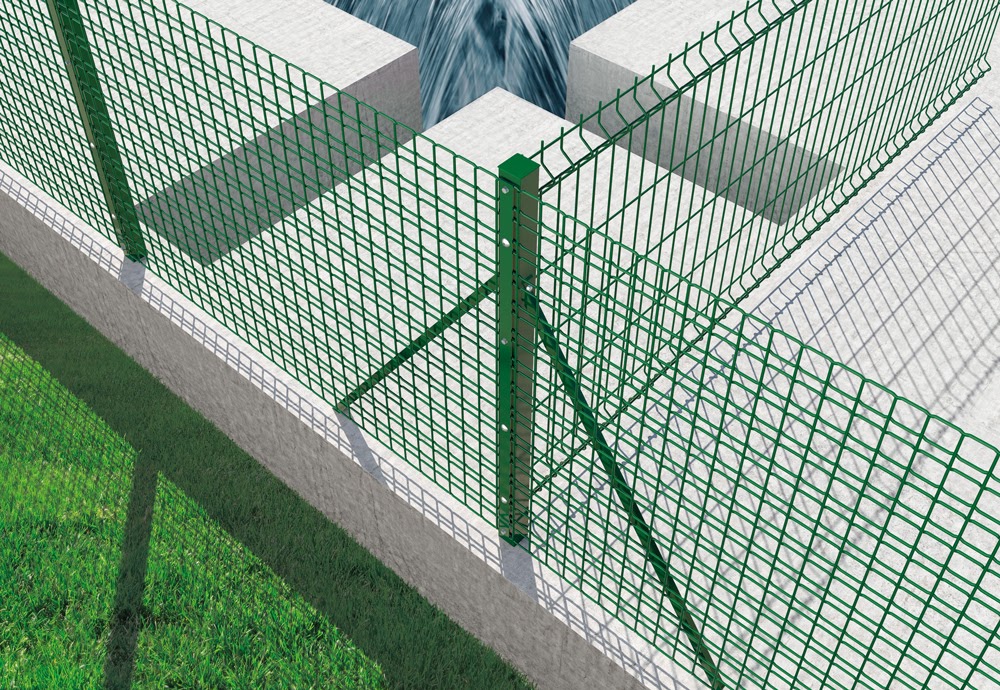Posts are one of the basic elements of any fencing system. They, of course, come in different types, shapes , materials and sizes. Choosing these options carefully is essential to building a solid and durable fence. In this article, we look together at the main types of post and accessories indispensable for their proper post installation.
FENCING POST MATERIALS AND TYPES
As for the material used for fencing posts, wood and metal alloys are among the most commonly used. Some specific contexts make the use of wood posts necessary, such agricultural settings with particular landscape constraints. At the same time, wooden posts are undoubtedly subject to faster wear than metal ones, since they are less resistant to weather and temperature changes.
Looking at metal posts then, we note that the best performing types are hot‐dip galvanized steel ones. These also come in plasticised versions. Among the most common types we offer are:
- round posts;
- C‐posts;
- T‐posts;
- octagonal posts;
- rectangular and square posts.
Post shape is determined, not only by appearance aspects, but also in relation to:
- resistance to mechanical stress;
- the type of brace used;
- the fastening system used;
- the types of installation options available.
Octagonal, rectangular and square sections, in particular, generally provide excellent resistance to stress and strain. They also have an attractive appearance, making them ideal for residential areas. T and C-shaped posts are best suited for agricultural settings where simplicity of installation, good landscape integration and adaptability to different terrain types are needed.
In terms of fencing structures, it’s good to highlight the distinction between:
- Corner posts
Typically characterised by two reinforcement braces set at a 90° or other angle, depending on the specific technical characteristics needed to guarantee structural solidity. - Intermediate posts
No reinforcement braces.
For some types of fencing, there are also reinforcement posts, characterised by having two braces aligned with the fence itself.
Fencing posts are also distinguished by the fastening system and netting used with them. Traditionally, fastening is done using screws and bolts. However, there are other systems that also facilitate installation, while ensuring full safety and solidity. Among the most interesting among these are:
- fastening plates + self‐threading screws;
- special clips and interlocking systems that do not require screws and bolts.
ACCESSORIES FOR PROPER INSTALLATION OF FENCING POSTS
Finally, fencing posts also have certain accessories that are needed for their proper installation. Of most importance are:
- reinforcing braces;
- tension wire and rods;
- tensioners;
- tying threads;
- bases for in‐ground installation;
- bases for installation on concrete walls.
For a more information on different post‐installation techniques, we invite you to read our article on “How to simply and safely install a metal fence.”
We wrap up by inviting you to take a look at the different types of Cavatorta posts in our on‐line catalogue.
You’ll find various models designed and manufactured to meet different needs in residential, sports, industrial and agricultural settings.
